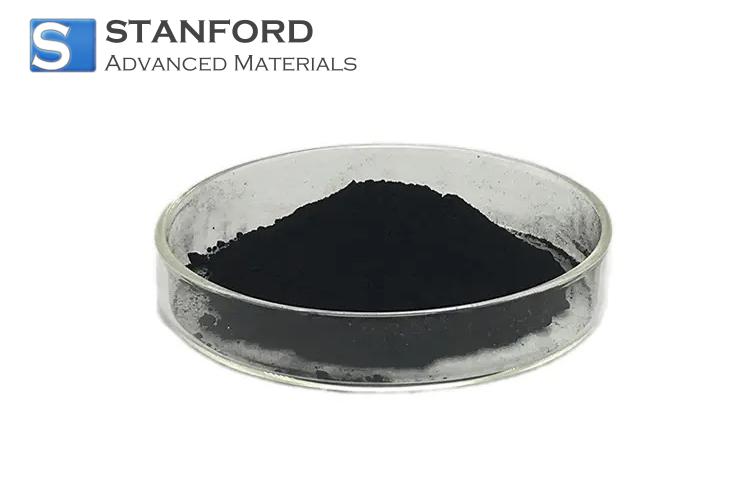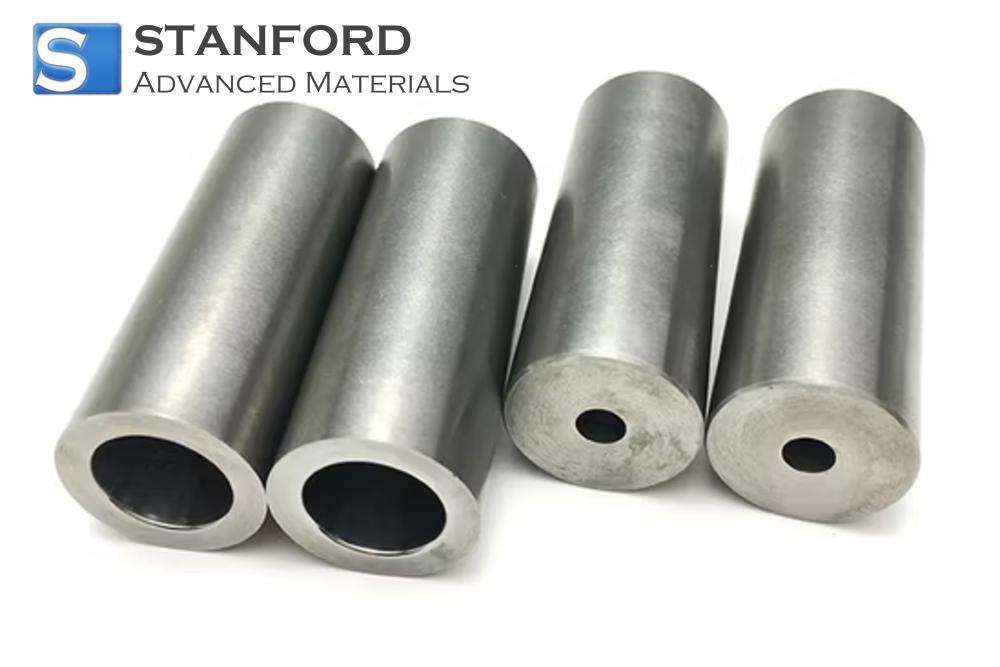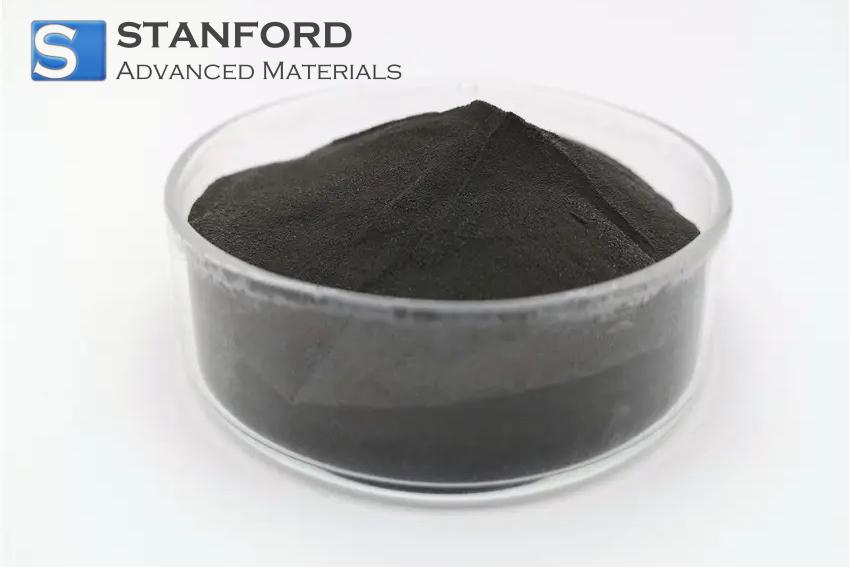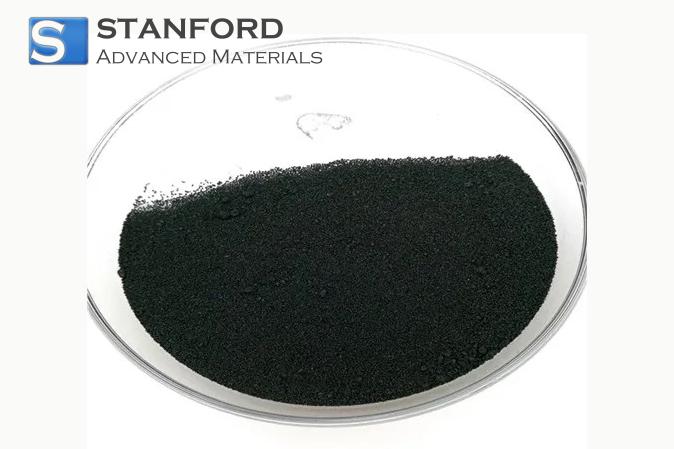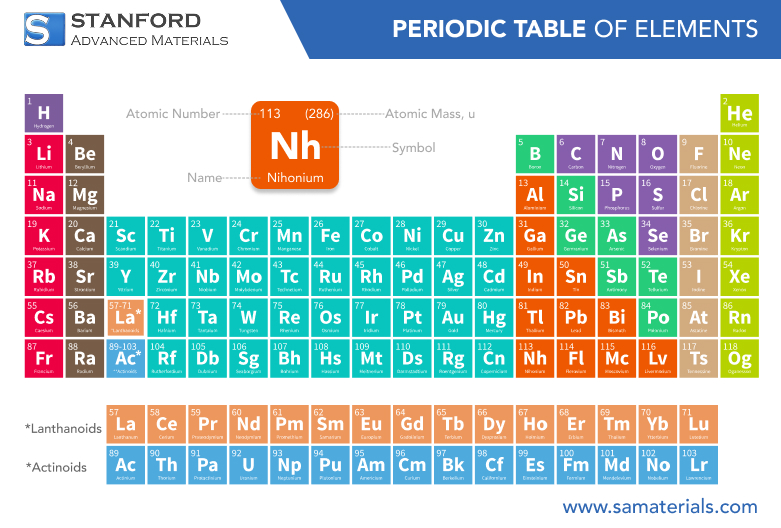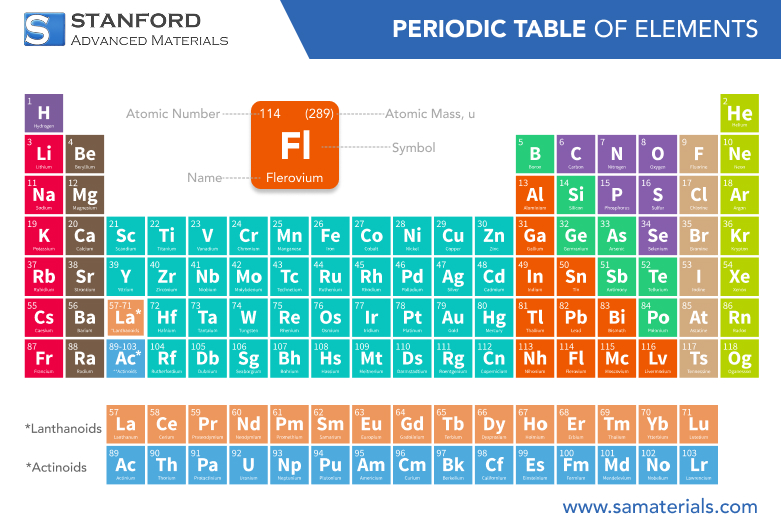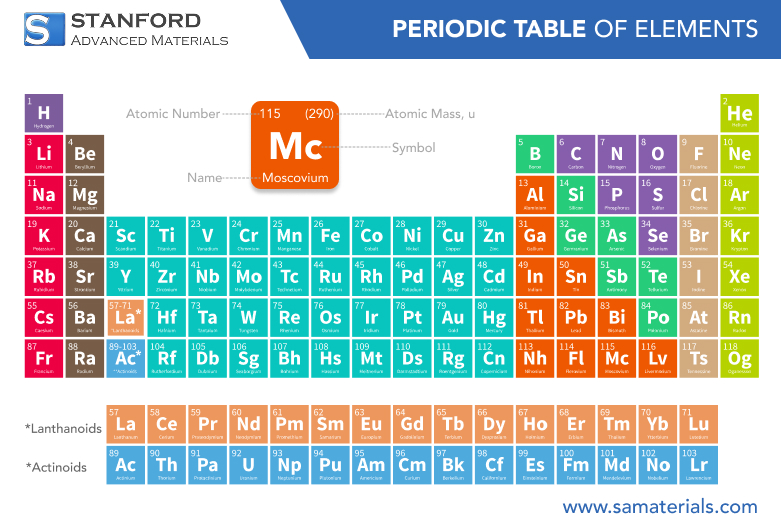Palladium: Element Properties and Uses
Description
Palladium is a remarkable precious metal with distinct chemical and physical properties, extensively used in industry, catalysis, and advanced products.
Introduction to the Element
Palladium is a member of the platinum group metals and has captured the attention of scientists and industry professionals alike. Discovered in 1803 by William Hyde Wollaston, palladium was named after the asteroid Pallas and has since become a subject of considerable academic and industrial interest. With an atomic number of 46, this transition metal plays a significant role in both historical and modern applications. It occurs naturally in nature, often in association with other platinum group elements, and is typically extracted from complex ore deposits.
Chemical Properties Description
Palladium exhibits a range of chemical properties that have made it invaluable for both academic research and practical applications. One of its most notable features is its resistance to oxidation and corrosion, which allows it to maintain its luster and reactivity even in harsh environments. This inertness is a key factor in its widespread use in catalytic converters, where it helps facilitate oxidation-reduction reactions that minimize harmful emissions from vehicles.
In addition to its stability, palladium is capable of forming various compounds with other elements. Its common oxidation states include 0, +2, and +4, each contributing to different chemical behaviors. These oxidation states play a crucial role in catalytic processes used in organic synthesis. The element’s capacity to absorb hydrogen is especially significant; palladium can take up hydrogen gas to form palladium hydride, a property that is exploited in hydrogen purification and storage systems. Its ability to serve as an efficient catalyst in coupling reactions, such as the Suzuki and Heck reactions, has revolutionized synthetic organic chemistry, enabling the production of complex molecules under mild conditions.
Physical Properties Data Table
Property | Value | Units |
Atomic Number | 46 | - |
Atomic Weight | 106.42 | g/mol |
Density | 12.023 | g/cm³ |
Melting Point | 1554.9 | °C |
Boiling Point | 2963 | °C |
Electrical Conductivity | 9.5 | MS/m |
For more information, please check Stanford Advanced Materials (SAM).
Common Uses
The practical applications of palladium span across several industries.
One of the primary common uses of palladium is in the automotive industry, where it is a key component in catalytic converters. These devices use palladium-based catalysts to reduce harmful emissions by converting toxic gases into less harmful substances before they exit the exhaust system.
In electronics, palladium is employed for plating purposes, particularly in the fabrication of multilayer ceramic capacitors and other essential components. Its excellent conductivity and resistance to oxidation ensure the longevity and reliability of electronic devices.
Palladium is also widely used in the jewelry industry, where its attractive appearance and hypoallergenic properties make it an ideal choice for high-end decorative pieces and wearable technology.
Beyond these applications, palladium has a significant role in the field of dentistry. Dental alloys containing palladium are prized for their strength, corrosion resistance, and biocompatibility, making them suitable for crowns, bridges, and other dental restorations.
The element’s chemical stability also contributes to its use in various chemical synthesis processes, including the production of fine chemicals and pharmaceuticals. Its role in catalysis allows for efficient production methods that benefit both small-scale laboratory research and large-scale industrial manufacturing.
Preparation Methods
The preparation methods for palladium have advanced considerably since its initial discovery. Traditionally, palladium was obtained as a byproduct during the mining of nickel and copper. Early extraction methods were often labor-intensive and involved multiple chemical separation processes. Today, more efficient hydrometallurgical techniques have been developed, allowing for the effective recovery of palladium from complex ores using acid leaching and solvent extraction methods.
Recycling has also become a pivotal component in the preparation of palladium. The recovery of palladium from used catalytic converters, electronic waste, and other industrial products has grown in importance due to the increasing demand for sustainable practices. Modern recycling processes involve sophisticated techniques to separate palladium from other metals and impurities, ensuring that a significant proportion of the metal can be reintroduced into the production cycle.
Frequently Asked Questions
What is palladium?
Palladium is a rare and valuable precious metal belonging to the platinum group, known for its unique chemical and physical properties.
How is palladium extracted?
Palladium is primarily extracted from ores as a byproduct of mining nickel and copper, using advanced hydrometallurgical and recycling techniques.
What are the common uses of palladium?
Palladium is widely used in catalytic converters, electronics plating, dental alloys, and various catalytic processes in chemical synthesis.
How do preparation methods impact palladium supply?
Modern preparation methods, including recycling and improved extraction processes, enhance efficiency and contribute to sustainable palladium production.
What are the environmental considerations associated with palladium?
Sustainable practices such as recycling used industrial products and optimizing extraction methods help reduce the environmental impact of palladium production.

